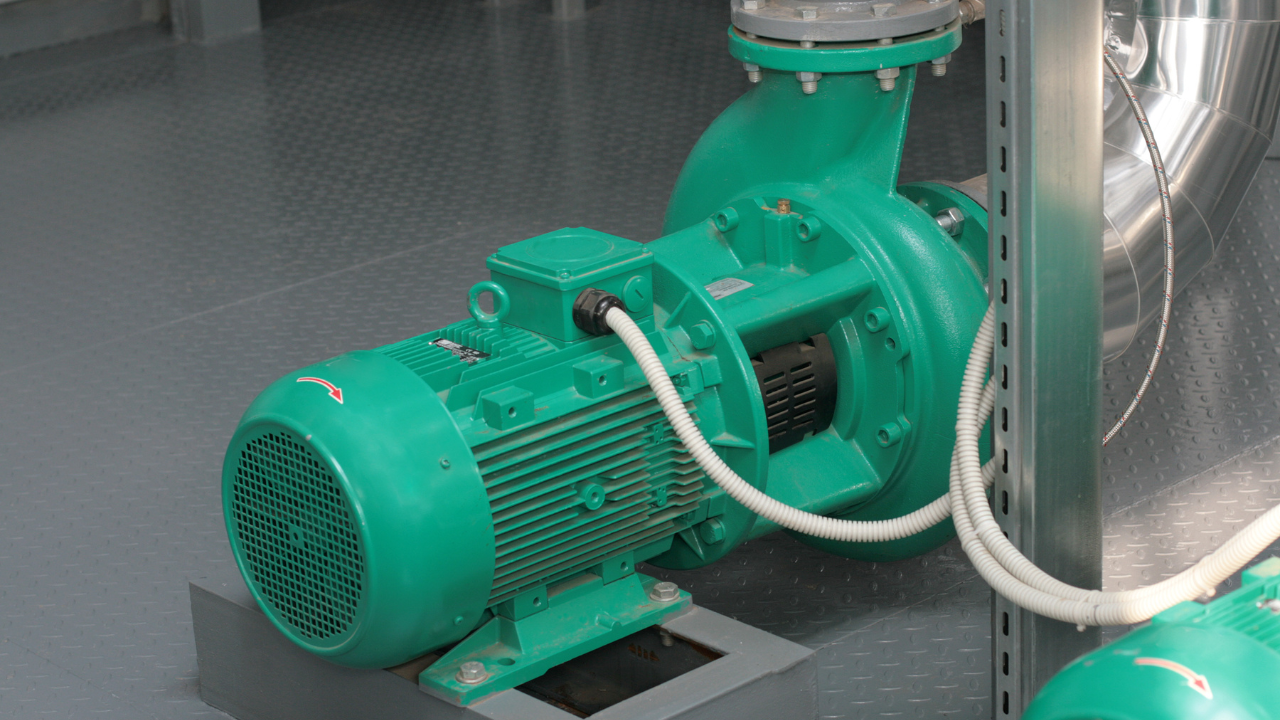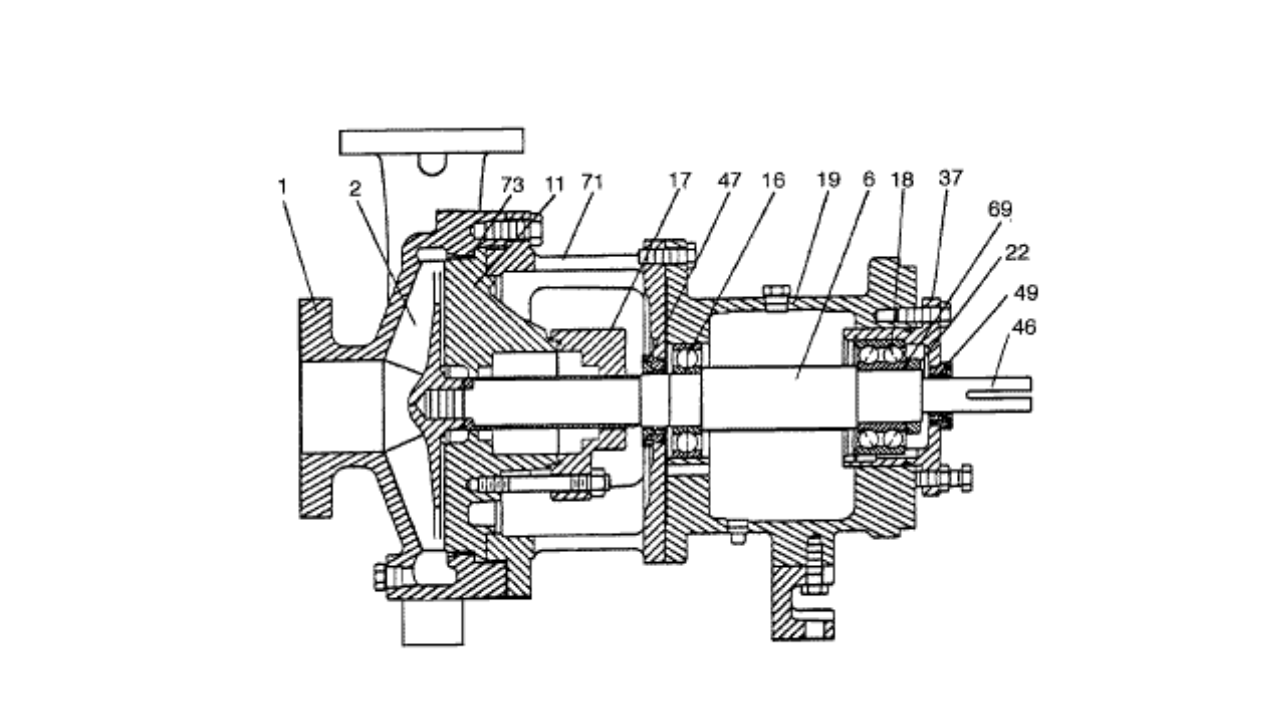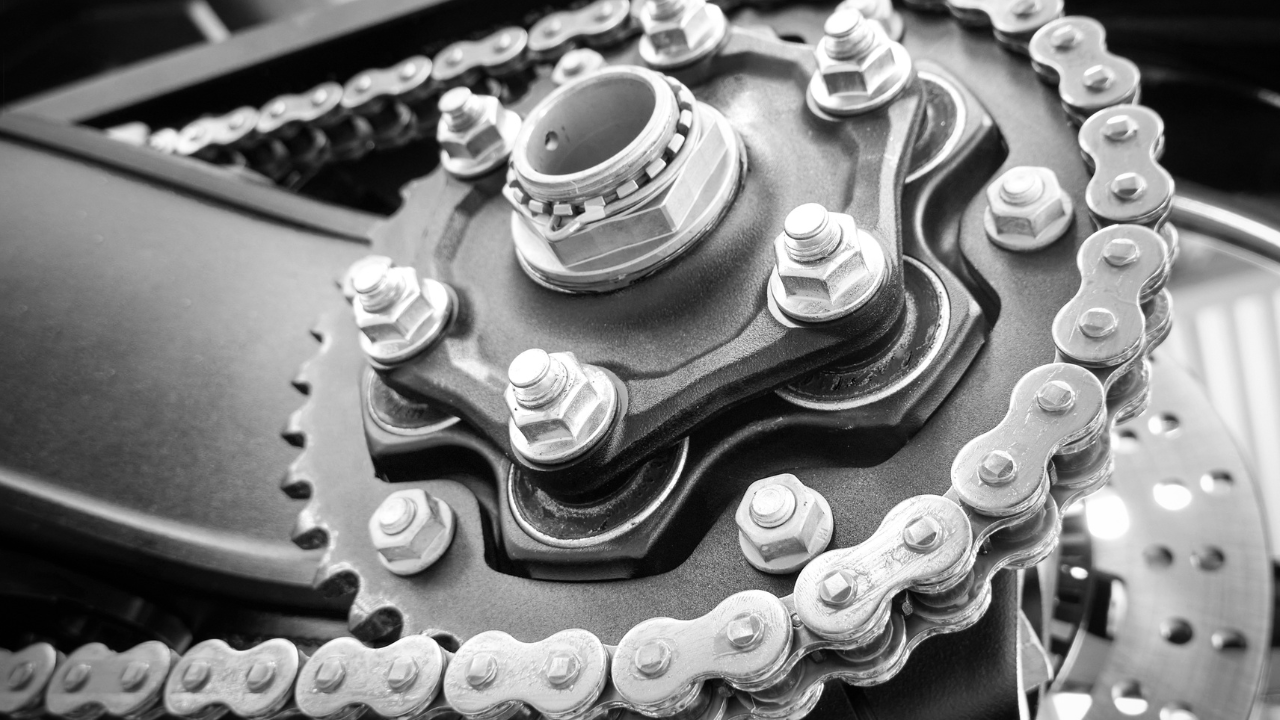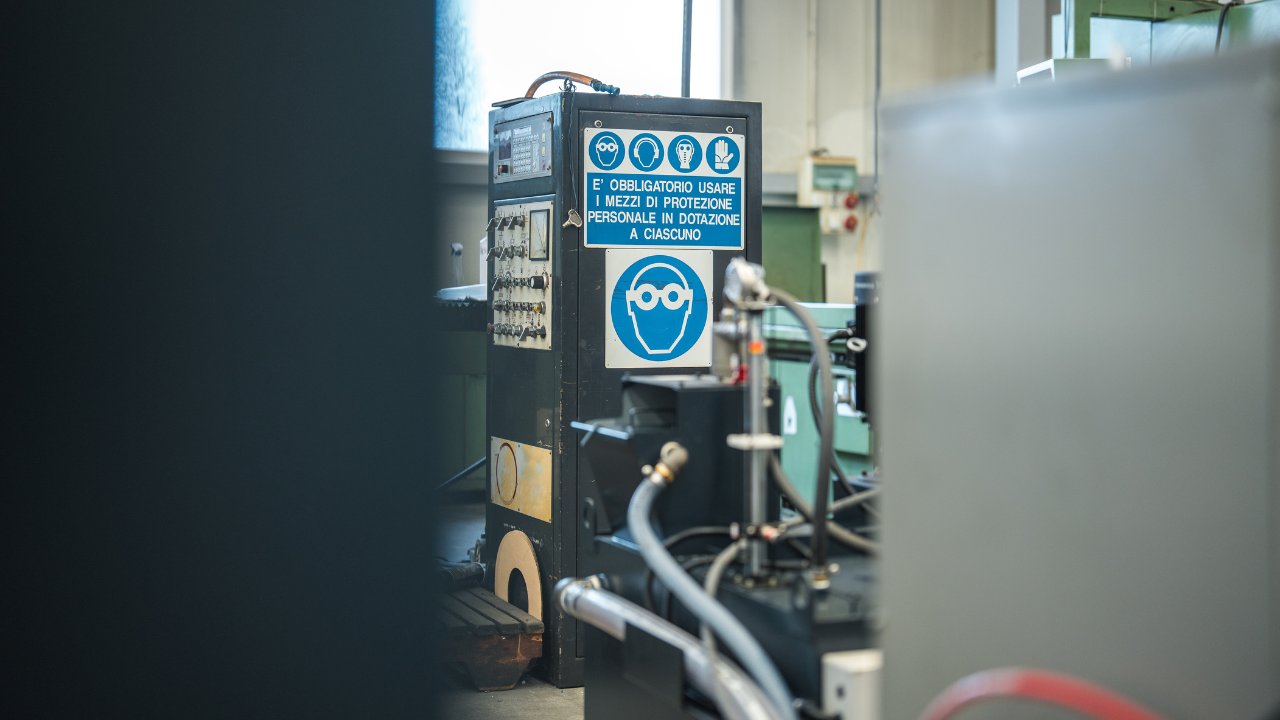The Most Definitive Test of a Hydraulic Pump
Jack Weeks, Hydraulic Instructor & Consultant
Several tests can be performed on a hydraulic pump to indicate its condition. The temperature of the pump case, the flow of the case drain and the current draw of the drive motor are common checks that can be done regularly and over a period of time to track the wear of a hydraulic pump.
As a pump wears, its internal tolerances get greater, so the bypassing increases; and the more it bypasses, the hotter the pump case will be. However, pump wear is not the only factor that can determine pump case temperature. The same goes for case drain flow. In a variable displacement pump, oil that bypasses across the tight internal tolerances returns to the tank to keep the case pressure from building high enough to rupture the shaft seal. As the pump wears, case flow increases. Thus, measuring the case flow on a regular basis is another good way to track the condition of the pump.
Again, however, pump wear is only one of the possible reasons that case flow can be high. As a pump wears, the current draw to its electric drive motor will decrease. But what is the “normal” temperature of your pump case? Or the “normal” case flow or current draw? There are general guidelines, of course, and manufacturer documentation can give you a general idea of acceptable parameters, but what is normal for your machine may be different for another.
There is one test of a hydraulic pump that can be made to definitively determine if it is good or bad!
While these checks should be made on a regular basis and recorded so they can be used as a reference later, most industrial plants do not keep such records. Even when the proper records are kept, in many cases, all you have is a measured likelihood of the condition of the pump. You can compare results of the tests of a hydraulic pump over a period of time, but you still aren’t absolutely certain until you replace the pump and see if the symptoms disappear. Changing a pump during a time of lost production is time consuming and costly. But, there is one check that can be made to definitively determine if a pump is good or bad and it can be made in less than one minute if the system is set up for it. Unfortunately, most systems are not.
Even a bad pump will deliver all or nearly all of its flow as long as the flow is met with little or no resistance, but only a good pump can deliver its rated flow under normal system pressure. This is most easily determined by measuring the flow through the system relief valve. For just a few hundred dollars, a flow meter can be permanently installed in the system to measure the flow through the relief valve whenever you want to know the condition of the pump. This may seem frivolous when the system is working properly. After all, the flow meter could very well sit there in the system and not be read for years. Chances are good that as long as the system is producing satisfactorily, no one will ever check the meter. But, when the system is down and you are faced with hours of expensive downtime as you try to determine what is wrong, suddenly you wish that you had a better way to diagnose a problem.
For most industrial facilities, the very first time a pump is not unnecessarily changed as a direct result of having a flow meter in place to test it, enough money is saved to install flow meters in every system in the plant. Many of these pumps are quite expensive. They can run between $4,000 and $40,000, or more. Frankly, spending five figures on a pump and not spending a few hundred more to be able to test and monitor it easily is a little like trying to save a few hundred dollars on a new car by trying to find one without a speedometer or a temperature gauge.
Regardless of the type of pump, be sure the relief valve is turned to a very low pressure before starting the machine!
Depending on the configuration of the system, the flow meter can be mounted either in the pressure line of the pump upstream of the relief valve or in the relief valve tank line. Obviously, a flow meter in the relief valve tank line is the less expensive option because the meter that is used can be rated for a lower pressure. Unfortunately, many systems do not have an exposed relief valve tank line. In this case, a high pressure flow meter must be installed in the pressure line somewhere between the pump and the relief valve so when the system power supply is isolated from the rest of the machine, flow through the relief valve can be measured on the meter.
If you are using a fixed displacement pump system, close the isolation hand valve to block the flow from the system so the only flow path to the tank is through the relief valve. Power up the system and measure the flow with the relief valve adjusted to a very low pressure. Even if the pump is bad, it should deliver all or very nearly all of its rated flow. Now, begin raising the pressure adjustment while watching the flow meter. If you can increase the setting all the way to normal system pressure with no significant reduction in flow, there is no question that the pump is good. Your problem is elsewhere. If, however, the flow drops on the flow meter as you increase the pressure setting on the relief valve, the pump is bad and must be replaced.
In a pressure compensating pump system, turn the compensator adjustment fully clockwise before starting the system. This will make the pressure compensating pump behave as a fixed displacement pump so it will deliver its maximum volume of flow at all times and not de-stroke while you are conducting this test. Regardless of the type of pump, be sure the relief valve is turned to a very low pressure before starting the machine! Then, make the test the same as you would with a fixed displacement pump. With the relief valve adjusted very low, measure the flow. Raise the pressure setting on the relief valve while watching the flow meter. If the flow remains steady all the way up to normal system pressure, you can be absolutely certain the pump is good.
Based on a review of hundreds of industrial plants across the United States, Canada and other countries, a few of them have flow meters mounted in the case drains of their pumps, but almost none of them have the meters installed so this check can be made. Rarely is there even a flow meter in stock that could be temporarily installed. These meters can be extremely valuable troubleshooting tools. Make use of them!

Jack Weeks
Jack Weeks, Hydraulic Instructor & Consultant, entered GPM’s organization in January 1997 as a CAD draftsman and hydraulic instructor. He has trained thousands of electricians and mechanics in Hydraulic Troubleshooting methods. His computerized animations have made GPM’s presentations and training CDs the recognized leader in the industry.
Related Articles

OEE: Overall Equipment Effectiveness

What the Pump Was Designed to Do and Why it Doesn't Do it

What is Wrong with the Modern Centrifugal Pump?

Digging Up Savings: Go with the Flow

Chain Drive Design Recommendations

Classifying Chemicals to Assure Effective Sealing




